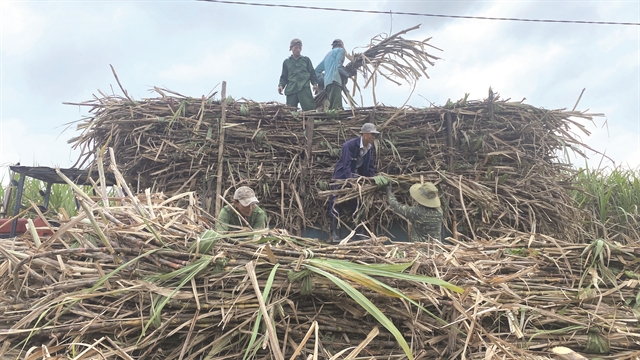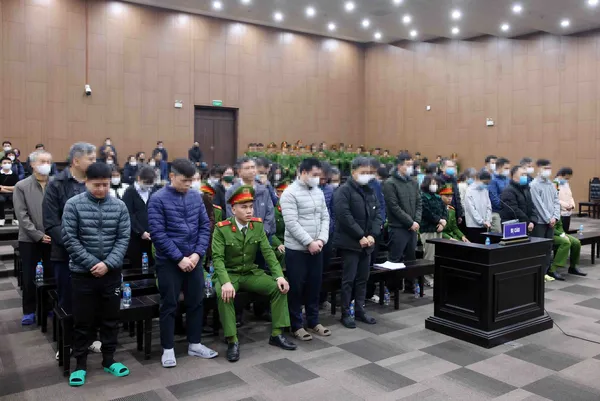 Economy
Economy

 |
| Farmers harvest sugarcanes at a farm in Phú Yên Province. Illegally-imported sugar is putting domestic producers in tight spot, driving them to cut back on production. — VNA/VNS Photo |
HÀ NỘI — With an aggregate sugar demand of 2.24 million tonnes, Việt Nam's sugar supply is projected to fall short of the figure by 626,000 tonnes in 2023.
Vũ Huy Phúc, a research specialist at the Insitute of Policy and Strategy for Agriculture and Rural Development, said the thirst for sweetness in the country was well reflected in the data for the food and beverage sector.
Sugar consumption by 40 typical food and beverage heavyweights, including Vinamilk and Acecook, was expected to reach 382,660 tonnes in 2023. They were forecast to consume 33.4 per cent more sugar in the next five years on grounds of output expansion and the roll-out of new products.
By 2028, their sugar demand was projected to reach 510,800 tonnes.
In spite of the country's strong sweet tooth, its farmers were turning their back on sugarcane growing. Alarmingly, sugarcane farms across the country dwindled to 165,900ha and sugarcane farmers halved in number in 2022.
The retreat of sugarcane farmers has led to a large supply-demand gap that could only be bridged by imports. Given that domestic supply meets merely 37.5 per cent of demand, the country had to import 1.23 million tonnes of sugar last year.
But the true scale of the supply deficit might be much greater than what the official data suggested because at least 816,530 tonnes of illegal sugar were also trafficked into the country from Cambodia and Laos during the period.
"Aggregate supply stood at 1.76 million tonnes by late July. That means the country would have to import around 625,000 tonnes to fill the supply deficit for this year," said Phúc.
The heavyweights suggested several measures to deal with the supply shortage. The first measure involves supportive packages to encourage sugarcane farm expansion and the cultivation of new high-yield varieties.
Another measure centers around the raise of import quotas for sugar to quench the thirst for sweetness through official imports. If the quotas are not raised, heavily subsidised sugar would be illegally transported to the country to pick up the slack, dealing a heavy blow to domestic producers.
The next measure is more straight forward: surveilliant agencies take actions to crack down on illegal sugar trafficking to safeguard domestic producers. In fact, illegal sugar has always been a major cause for domestic farmers to cut back on production. — VNS




